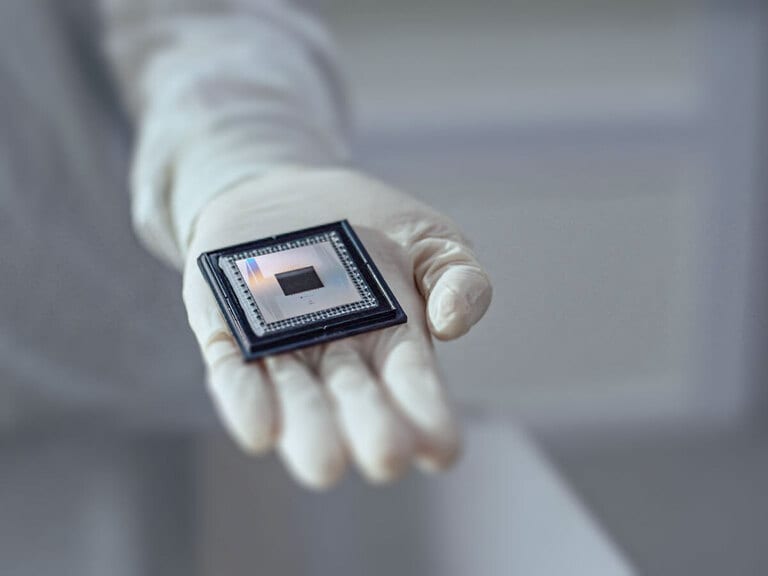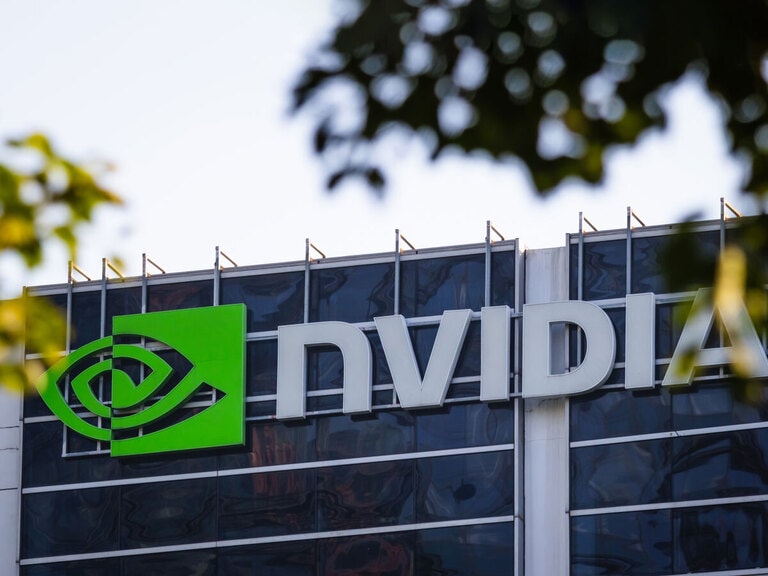As the lithium price rebounds from its April low, companies are rushing to lock up supplies to reduce their reliance on China. This is making lithium assets in countries such as Argentina and Australia more valuable and attractive acquisition targets.
- Allkem and Livent’s $10.6bn merger will create the third-biggest lithium producer by 2027.
- M&A activity in the lithium industry could continue as companies turn to countries outside of China to secure future supplies.
- The Sprott Lithium Miners ETF launched in February as a pure play on the theme, and has Allkem and Lithium in its top three holdings.
After falling in the early part of the year due to weak demand for electric vehicles (EVs), the lithium carbonate spot price is on the rise again.
Back in November last year, the lithium carbonate spot price peaked at approximately RMB604,800 per tonne, but a five-month decline led to it bottoming at RMB154,800 per tonne on 24 April. Since then, the price has risen above the RMB200,000 per tonne mark.
The lithium carbonate spot price seems to have stabilised despite Chile’s plan to nationalise its lithium industry, which triggered a sharp selloff in lithium stocks. Leading miners Sociedad Química y Minera [SQM] and Albemarle [ALB] both set a 52-week low following the announcement on 21 April.
According to analysts at Stifel, Chile’s plan could see the state acquire majority interest in a domestic player like Sociedad Química y Minera, which would make the lithium industries in Australia and Canada a more attractive investment opportunity. Combined with improving sentiment, this is likely to increase the value of lithium assets elsewhere.
“That the metals and mining industry, and specifically lithium industry, could be entering a new wave of merger and acquisition activity should come as no surprise,” wrote the Stifel analysts in a note last week seen by Proactive Investors.
Allkem–Livent to create third-biggest lithium miner
Merger and acquisition (M&A) hopes for the industry were sparked last week as US lithium processor Livent [LTHM] and Australian lithium producer Allkem [AKE.AX] announced they’d be merging to create a $10.6bn entity.
The all-stock deal will see Allkem shareholders receive one share in the new entity for every existing share they own, while Livent shareholders will receive 2.406 new shares for each previously held share. The new company’s primary listing will be on the NYSE, with a secondary listing on the ASX.
Combined, Allkem and Livent will create the world’s fifth-largest lithium producer, and the third-largest by 2027, according to analysis by Benchmark Source.
With projects in Australia, Argentina, Canada and Japan, the new company will “have the enhanced scale, product range, geographic coverage, and execution capabilities to meet our customers' rapidly growing demand for lithium chemicals”, Livent CEO Paul Graves, who will lead the merged entity, said in a statement.
The world’s leading lithium producer Albemarle is reportedly weighing up acquisition targets. It comes after it had its A$5.5bn takeover offer for Liontown Resources [LTR.AX] rebuffed back in March. At the time, the Australian miner implied that the deal undervalued its main asset, the Kathleen Valley project (pictured above).
“There are few other lithium assets of this scale, quality and mine life this close to production in Australia, one of the most attractive mining jurisdictions in the world,” Liontown said in a regulatory release. In early May, it rejected media speculation that Albemarle had made a follow-up bid.
EV batteries demand to drive growth
The Allkem–Livent tie-up should be good news for automakers and EV makers that are looking to reduce their reliance on China for their battery supply chains. Livent has long been a supplier to both General Motors [GM] and Tesla [TSLA].
Graves said in his statement that the merger will “be a leading force in our industry driving growth in EV and energy storage applications”, and that it would help to “accelerate our growth plans and deliver more lithium, more reliably, and more quickly, than either of us can do alone”.
On top of this, Graves expects the deal “to de-risk future expansion projects and operations”.
Benchmark Source has estimated that the two companies will produce 90,000 tonnes of lithium carbonate equivalent this year, while the combined entity will have production capacity of 250,000 tonnes by 2027.
M&A trend could continue
The world continues to turn away from China, and there could be further consolidation in the sector, as companies aim to acquire mining and processing assets in Australia and Argentina in order to remain competitive.
One company that doesn’t have its sights set on new acquisitions — at least not for now — is Rio Tinto [RIO.L]. The mining giant is wary of paying a premium for assets, CEO Jakob Stausholm told reporters following its annual general meeting in Perth in May.
“We wouldn’t mind having a stronger lithium business, but we have to make sure that it’s also in the interest of our shareholders and not just the selling shareholders,” said Stausholm.
A better way to extract lithium
The race to lock down future lithium supplies outside of China means innovative, more sustainable ways of securing the critical material will be required.
One method that will play a crucial role is direct lithium extraction (DLE), whereby it is extracted from underground brine without the need for evaporation, making this method less energy intensive.
“The implementation of DLE technologies has the potential to significantly increase the supply of lithium from brine projects (much like shale did for oil), nearly doubling lithium production on higher recoveries and improving project returns,” wrote Goldman Sachs analysts in equity research published 27 April.
Livent is one of just four companies already using DLE technologies in lithium production, and the only one doing so outside of China, at its Fenix site in Argentina, according to the research. Livent’s DLE expertise will benefit Allkem’s brine operations — Allkem is currently carrying out a DLE study at its Olaroz site in Argentina.
Funds in focus: Sprott Lithium Miners ETF
The Global X Lithium & Battery Tech ETF [LIT], which holds both Allkem and Livent, offers exposure to a range of companies in the EV supply chain, both upstream and downstream. As of 12 May, the materials sector accounted for 44.1% of the portfolio, followed by consumer discretionary (20.6%), information technology (17.9%) and industrials (17.3%).
The fund is down 4.5% in the past year and down 9.3% in the past six months.
The VanEck Rare Earth and Strategic Metals UCITS ETF [REMX] has Liontown as its top holding and Allkem as its third-biggest, while Livent is also in the top 10 as of 16 May. The fund offers 100% exposure to the materials sector and is weighted in favour of Australia (40.90%) and China (30.04%) as of 30 April.
The fund is down 8.9% over the past year and down 4.5% in the past six months.
In a bid to capitalise on the lithium trend, the Sprott Lithium Miners ETF [LITP] was launched earlier this year as the only US-listed pure-play ETF on lithium mining. Allkem is the top holding and Livent is the third-biggest as of 15 May. The portfolio is weighted heavily in favour of Australia (46.1%) and the US (19.1%).
The fund is down 8.4% since launching on 1 February.
Continue reading for FREE
- Includes free newsletter updates, unsubscribe anytime. Privacy policy





